In the era of debit cards, credit cards and paper money, it will be hard for anyone to believe that there was a time when people used to exchange things, such as salt, cocoa bean, squirrel pelt, jewellery and many more, in trade instead of money.
Here is a list of some of the interesting ancient currencies.
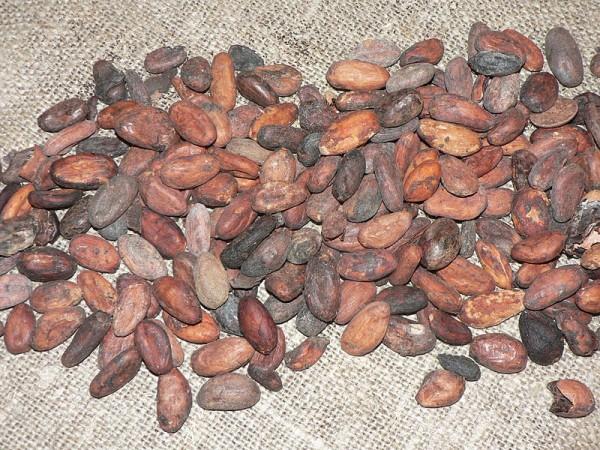
Edible currencies:
Salt is one of the oldest forms of payment. It has been used as the main currency in the Sahara Desert and was the primary currency in East Africa during the middle ages.
Parmigiano cheese was another form of currency, which was accepted even as collateral for loans by some banks in Italy. Whereas, cocoa beans were accepted as currency as well as a tribute from people ruled by Aztecs.
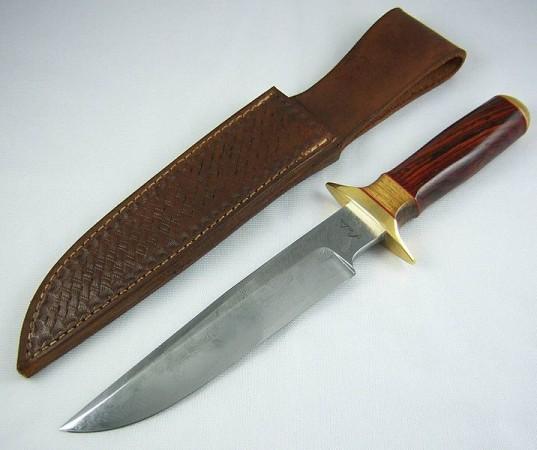
Knives:
Knife was the early form of coin in ancient China. When money was scarce in the country, it was a Chinese Prince who allowed his troops to use their knives as payment of goods in exchange of money. The concept gained fame soon and during Zhou dynasty, knives turned to be a standard form of currency. It was used for hundreds of years and has been abolished by the first emperor of China.
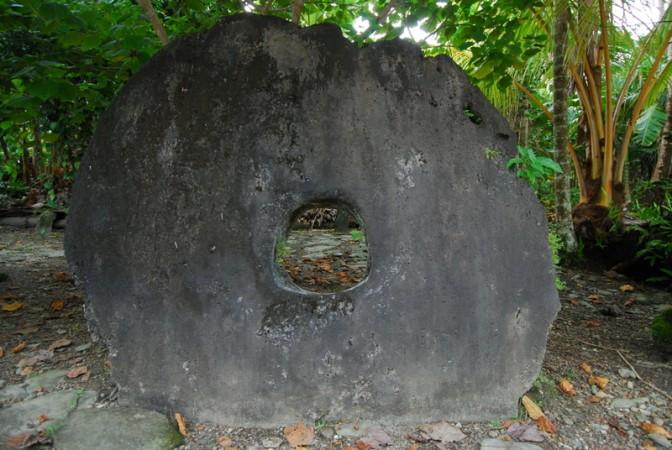
Rai Stones:
In the island of Yap in Micronesia, Rai stones were commonly used as currency. The circular stones, made of limestone, rounded on the edges, had a hole in the middle. It was valued depending on the size and weight of the stone as well as the difficulty in transporting them. It could be up to 12 feet in diameter and sometimes weighed as much as 4 metric tons.
There is also an interesting part in valuing this stone as the number of people died transporting the same was also taken into consideration.
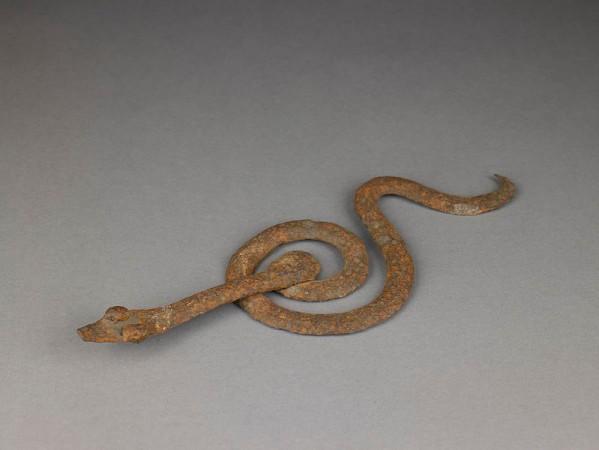
Lobi Snake:
The Lobi snakes, forged iron snakes made by the ancient inhabitants of Ghana "Lobi", were also used as currencies as well as shrine pieces. These snakes were used by the Lobi community to protect them from dangers. The ethnic group of Ghana either worn them or placed them on personal altars. The size and shape of the iron snakes, mostly depicted with curves.
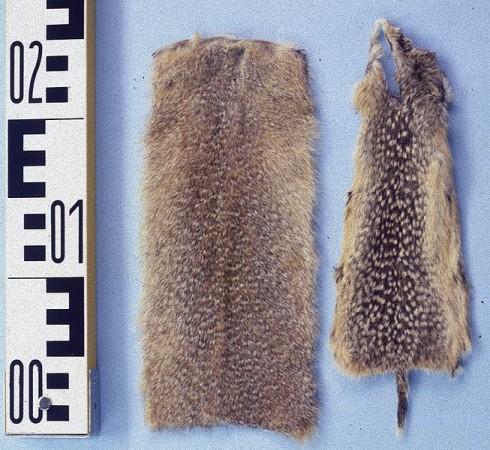
Squirrel Pelts:
Since the middle ages, squirrel pelts were a common currency of exchange in medieval Russia. These were equivalent to three cents in Finland. Squirrel pelts were also traded by French Canadians and Native Americans during the European settling of North America.
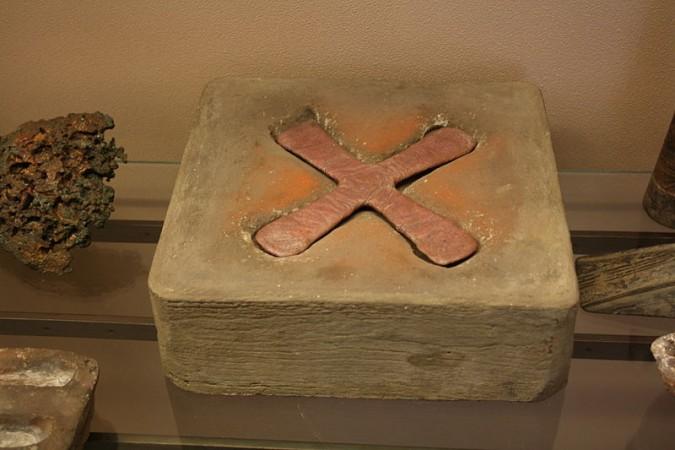
Katanga Cross:
Katanga Cross is an X-shaped cast copper cross, which was once the primary form of currency in Democratic Republic of Congo. This was made by local coppersmiths by pouring molten copper into sand molds. It is also one of the most known ancient African currencies. The crosses were used by big merchants during their trade in the 19th century.
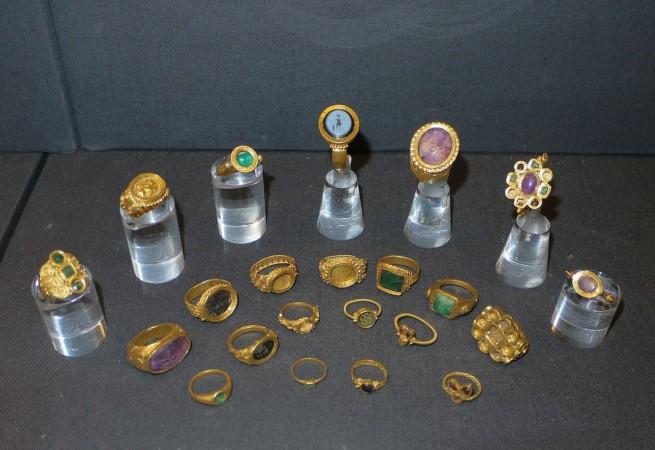
Jewelry:
Metal was more practical than other forms of primitive money as it had a practical value. Jewellery was often used as a mode of currency. Egyptians used various types of jewellery for trade instead of traditional coin currencies. The use of metal rings in exchange of goods was common in Egypt.















